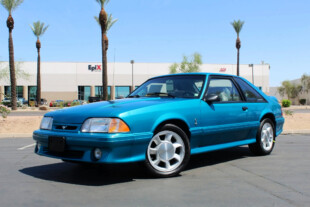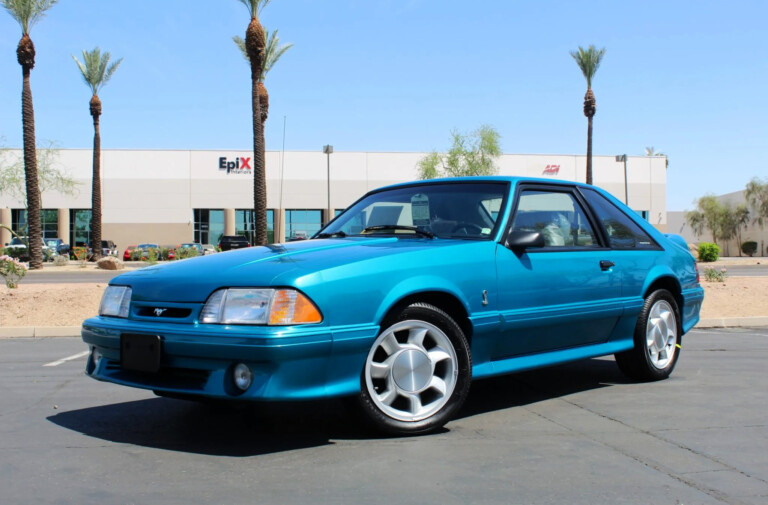There’s no real wrong way to choose your track car. For some, a $500 jalopy with a decent set of shocks and tires can teach and entertain. However, those who are interested in building a reliable track car that might see some street duty have a little more to consider. Thanks to Speed Academy’s video above (and several below), we can see how this selection of vehicles suit different drivers depending on their style, budget, and aims.
The Realities of Tracking
To get on the track safely and regularly, save on expenses, and minimize headache, having some background on the actual demands of trackday driving is a must. One of the most important things to consider is the cost of consumables. Getting your foot in the door is just the first financial hurdle. Tires, brakes, and fuel can make a big dent in the budget over the course of a season, so it’s wise to consider the running costs before the up-front costs.

The tried-and-true MX-5 is easy on brakes, tires, and fuel—and thus makes a weekend a lot more affordable.
A car which is light, balanced, and low-powered will require less in the way of consumables. Therefore, since getting in the seat regularly should be the main objective of the ambitious beginner, a full calendar is more affordable with a Honda or Mazda than it is with something heavier, gruntier, and complicated.
Another point worth pondering is the availability of aftermarket parts. Getting into a Miata, a Nissan 240SX, or a Honda Civic is inexpensive, but getting one to handle as you’d like takes some additional investment. Do these cars have affordable parts available from reputable brands? What exactly does it require to make a beater an enjoyable, safe, and reliable track car? All these issues might take a bit of the fun away from the dreamer, but it will also make a season progress with fewer headaches and more laughter.
Desirable Vehicle Traits for Different Skill Levels
Below is a collection of videos which delve deeper into the on-track performance of several different groups of vehicles. Having all of these twelve tests performed with the same circuit and driver helps isolate these vehicles’ performance characteristics. As a driver evolves, their interest in different performance traits should change.
For example, while it might be wise to avoid overpowered vehicles at the start, it’s not so much for the reason that horsepower is dangerous—it’s that it can shift the emphasis away from finding cornering speed and develop bad habits. For the beginner with aims of becoming a proficient road racer, a momentum car offers the most benefit. The following momentum cars offer reasonably slow breakaways, a moderate amount of power, and low running costs:
A driver with a little more confidence behind the wheel might want a car with a stronger engine and the ability to steer their car with torque. Provided they can handle faster breakaways and restrain their right foot, these four will provide new challenges without bankrupting the owner:
Advanced drivers whose budgets aren’t strictly limited ought to consider these heavy hitters. More grip, an excess of power, and trickier handling should keep them entertained, and with the right modifications and maintenance, running these four isn’t prohibitively expensive:
The Takeaway
Having fun in a safe, sensible, cost-effective way requires a bit of homework, some friends, and the right environment to learn. Choose the right track car and, rather than spend the weekends wrenching and worrying, you’ll feel yourself climbing the ladder at an inspiring pace.





















